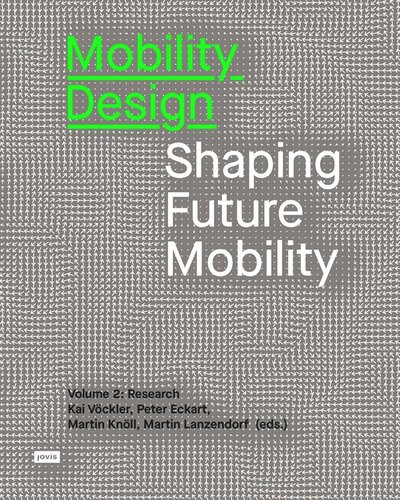

Most ebook files are in PDF format, so you can easily read them using various software such as Foxit Reader or directly on the Google Chrome browser.
Some ebook files are released by publishers in other formats such as .awz, .mobi, .epub, .fb2, etc. You may need to install specific software to read these formats on mobile/PC, such as Calibre.
Please read the tutorial at this link: https://ebookbell.com/faq
We offer FREE conversion to the popular formats you request; however, this may take some time. Therefore, right after payment, please email us, and we will try to provide the service as quickly as possible.
For some exceptional file formats or broken links (if any), please refrain from opening any disputes. Instead, email us first, and we will try to assist within a maximum of 6 hours.
EbookBell Team

5.0
20 reviewsClimate change, increasing resource scarcity, and rising traffic volumes are forcing us to develop new environmentally friendly and people-oriented mobility options. With the expansion of digital information systems, we will soon be able to reconfigure different modes of transport to suit our needs. These developments represent a significant challenge for designing a wide range of different mobility spaces. While Volume 1 of this series focused on practical aspects, Volume 2 collects research methods and findings from the fields of design, architecture, urban planning, geography, social sciences, traffic planning, psychology, and communication technologies. The book’s consideration of the possibilities and prospects of usercentred mobility design offers an important contribution to the ongoing debate concerning the mobility revolution.